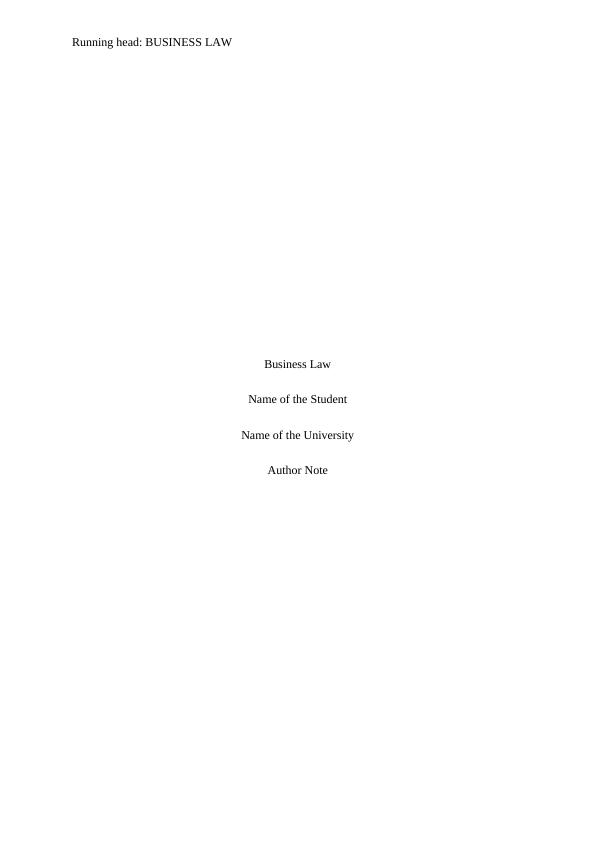Liability of Fun Parks Adventureland under Negligence Principles
On 10 April 2017 Jack and Melissa, a married couple, are at Fun Parks Adventureland with Melissa’s brother Ken. Ken works for Fun Parks as a gardener keeping the parks grasslands and flowerbeds looking pristine for the park guests. Ken has been given 2 days off and 3 free passes for his hard work. He asked Jack and Melissa to join him for a day of ‘fun and adventure’ at Fun Parks Adventureland. Jack, Melissa and Ken meet at the park gates at 10am. Ken hands the cashier the 3 free passes and the cashier hands him their tickets and wishes them a good day. Behind the cashier on the wall and immediately after the entrance gate are signs outlining the Conditions of Entry (extracted below). The cashier does not draw these to customer’s attention but the signs are clearly visible and each ticket refers the entrant to the Conditions of Entry stating ‘the customer by accepting this ticket of entry accepts the Conditions of Entry to Fun Parks Adventureland’. Jack, Melissa and Ken are having a great day, before lunch they have gone on 6 water rides and taken numerous
Added on 2022-12-20
About This Document
Liability of Fun Parks Adventureland under Negligence Principles
On 10 April 2017 Jack and Melissa, a married couple, are at Fun Parks Adventureland with Melissa’s brother Ken. Ken works for Fun Parks as a gardener keeping the parks grasslands and flowerbeds looking pristine for the park guests. Ken has been given 2 days off and 3 free passes for his hard work. He asked Jack and Melissa to join him for a day of ‘fun and adventure’ at Fun Parks Adventureland. Jack, Melissa and Ken meet at the park gates at 10am. Ken hands the cashier the 3 free passes and the cashier hands him their tickets and wishes them a good day. Behind the cashier on the wall and immediately after the entrance gate are signs outlining the Conditions of Entry (extracted below). The cashier does not draw these to customer’s attention but the signs are clearly visible and each ticket refers the entrant to the Conditions of Entry stating ‘the customer by accepting this ticket of entry accepts the Conditions of Entry to Fun Parks Adventureland’. Jack, Melissa and Ken are having a great day, before lunch they have gone on 6 water rides and taken numerous
Added on 2022-12-20
End of preview
Want to access all the pages? Upload your documents or become a member.


